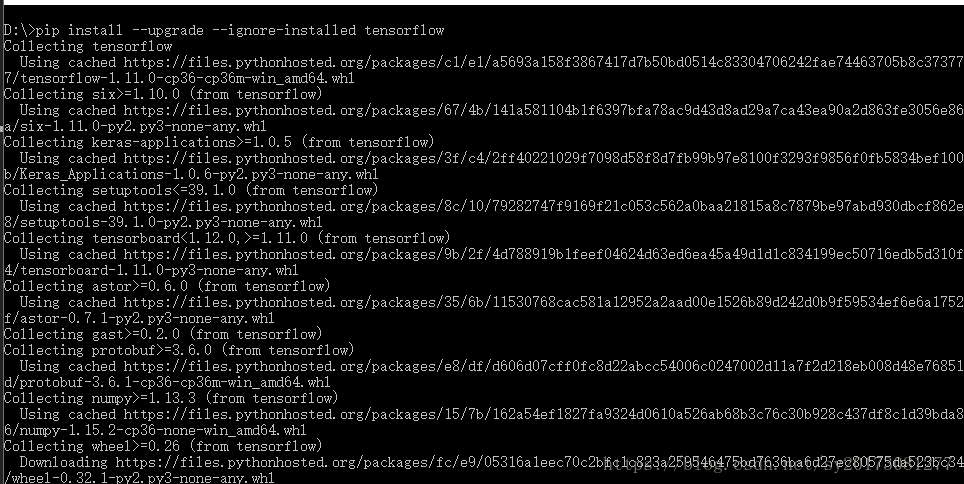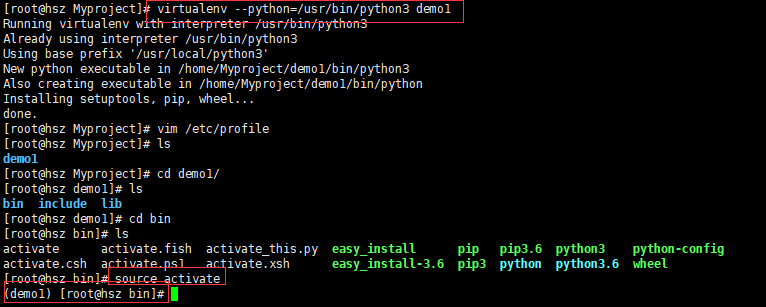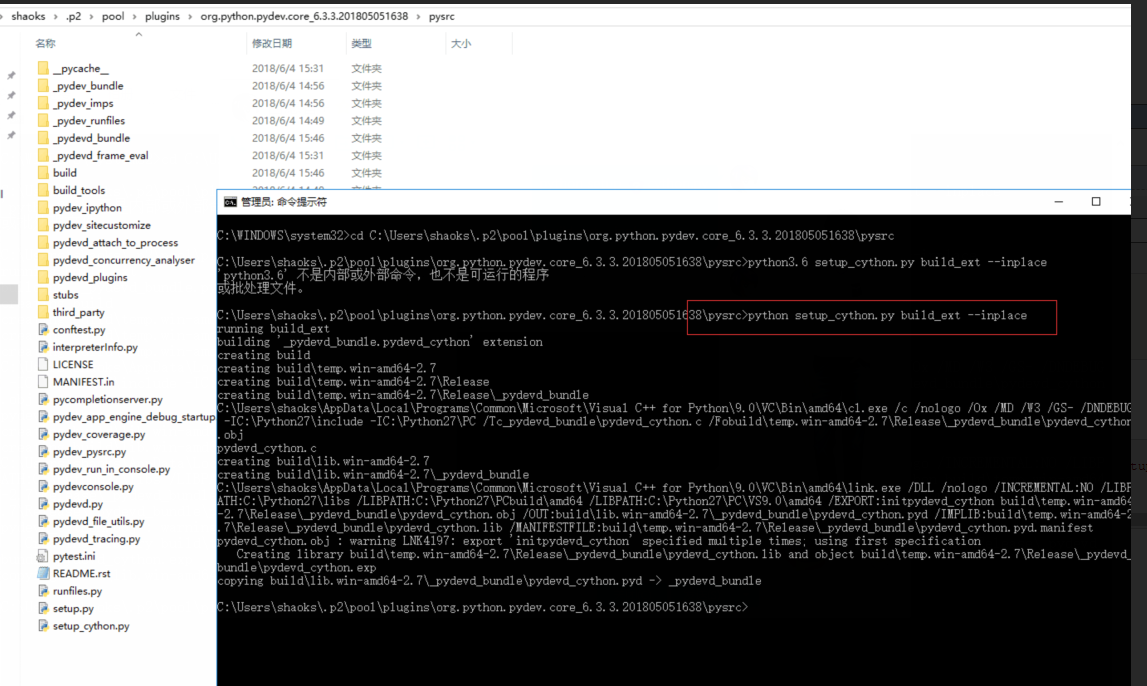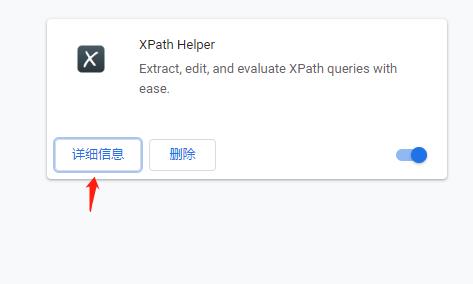Error information
(venv) D:\pyvenv_xlwings64\venv>pip list
Package Version
---------- -------
comtypes 1.1.7
pip 19.2.3
PyQt5 5.13.1
PyQt5-sip 4.19.19
pywin32 225
setuptools 41.2.0
wheel 0.33.6
xlwings 0.15.3
(venv) D:\pyvenv_xlwings64\venv>python
Python 3.6.5 |Anaconda, Inc.| (default, Mar 29 2018, 13:32:41) [MSC v.1900 64 bit (AMD64)] on win32
Type "help", "copyright", "credits" or "license" for more information.
>>> import xlwings
Traceback (most recent call last):
File "<stdin>", line 1, in <module>
File "D:\pyvenv_xlwings64\venv\lib\site-packages\xlwings\__init__.py", line 42, in <module>
from . import _xlwindows as xlplatform
File "D:\pyvenv_xlwings64\venv\lib\site-packages\xlwings\_xlwindows.py", line 10, in <module>
import win32api
ImportError: DLL load failed: the specified program was not found.
>>>
Cause of the problem
There is a problem with the new version 224 and 225. Just go back to version 223
(venv) D:\pyvenv_xlwings64\venv>pip install pywin32==223
Collecting pywin32==223
Downloading https://files.pythonhosted.org/packages/9f/9d/f4b2170e8ff5d825cd4398856fee88f6c70c60bce0aa8411ed17c1e1b21f/pywin32-223-cp36-cp36m-win_amd64.whl (9.0MB)
|████████████████████████████████| 9.0MB 218kB/s
Installing collected packages: pywin32
Successfully installed pywin32-223
(venv) D:\pyvenv_xlwings64\venv>
(venv) D:\pyvenv_xlwings64\venv>
(venv) D:\pyvenv_xlwings64\venv>
(venv) D:\pyvenv_xlwings64\venv>pip list
Package Version
---------- -------
comtypes 1.1.7
pip 19.2.3
PyQt5 5.13.1
PyQt5-sip 4.19.19
pywin32 223
setuptools 41.2.0
wheel 0.33.6
xlwings 0.15.3
(venv) D:\pyvenv_xlwings64\venv>python
Python 3.6.5 |Anaconda, Inc.| (default, Mar 29 2018, 13:32:41) [MSC v.1900 64 bit (AMD64)] on win32
Type "help", "copyright", "credits" or "license" for more information.
>>> import xlwings
>>>










